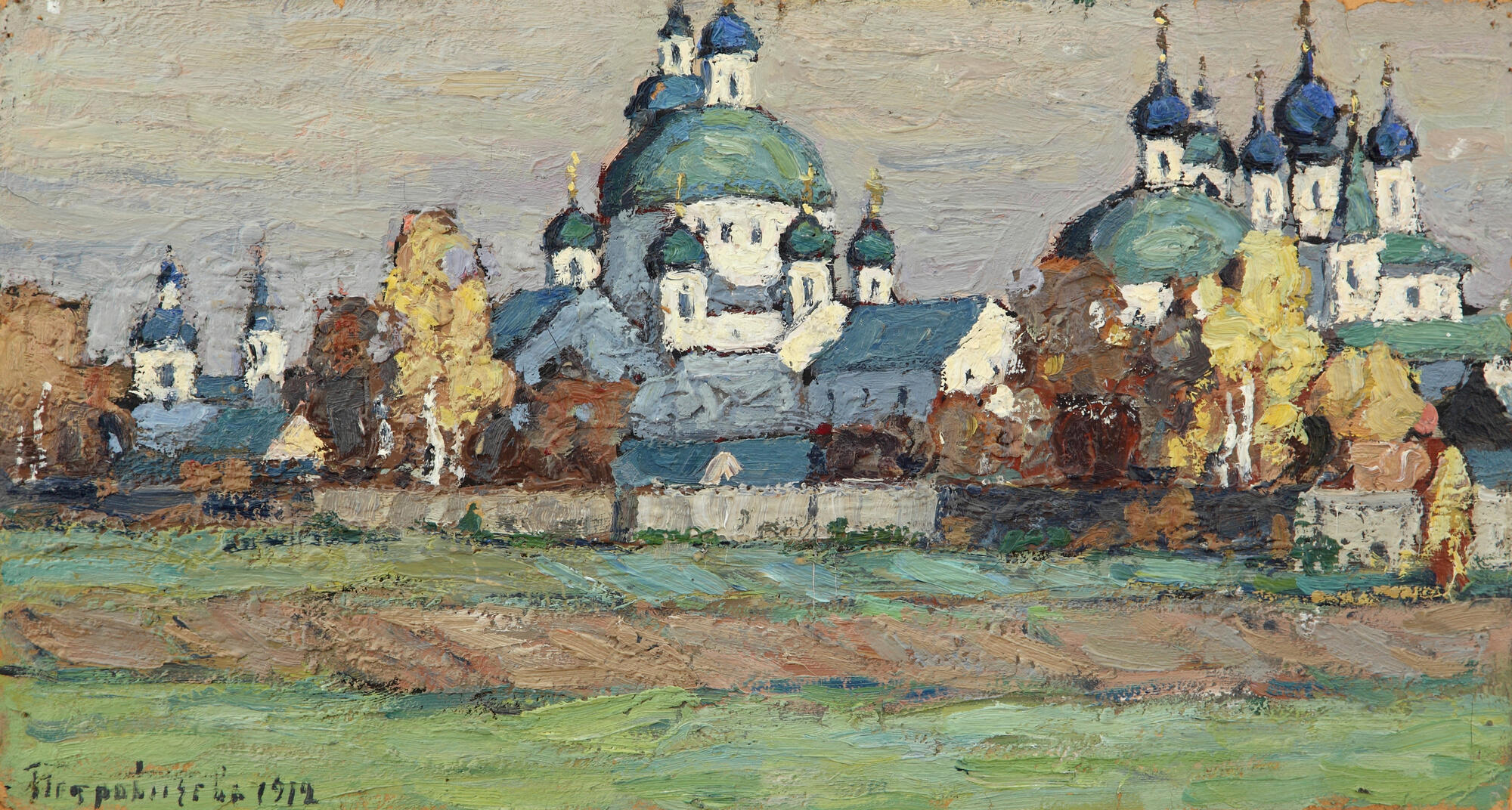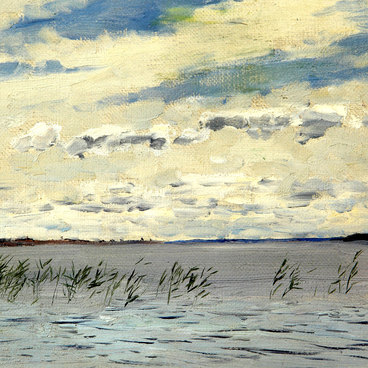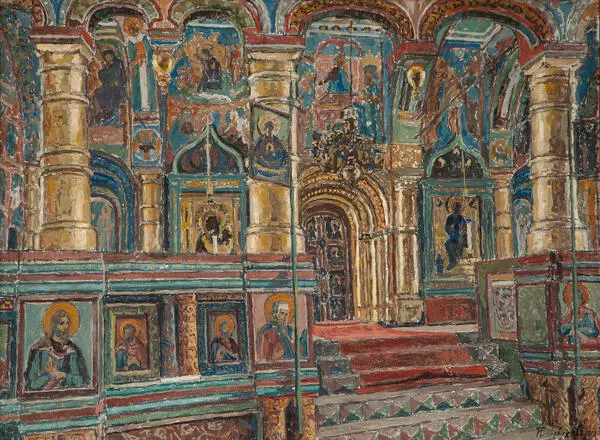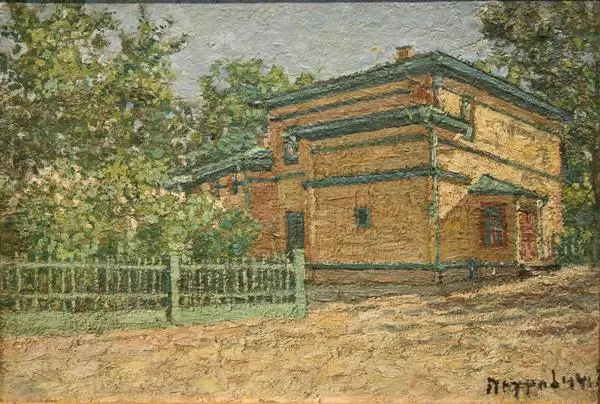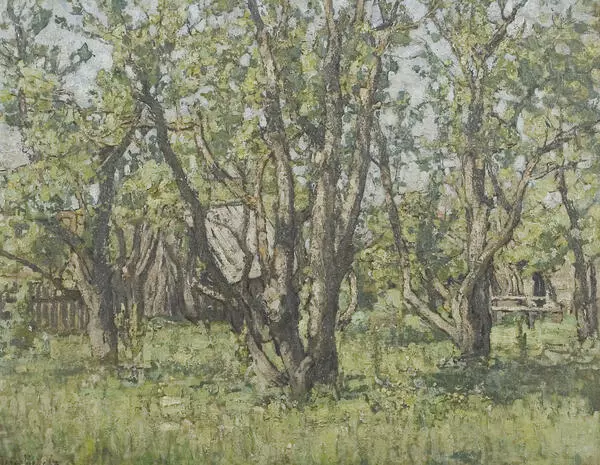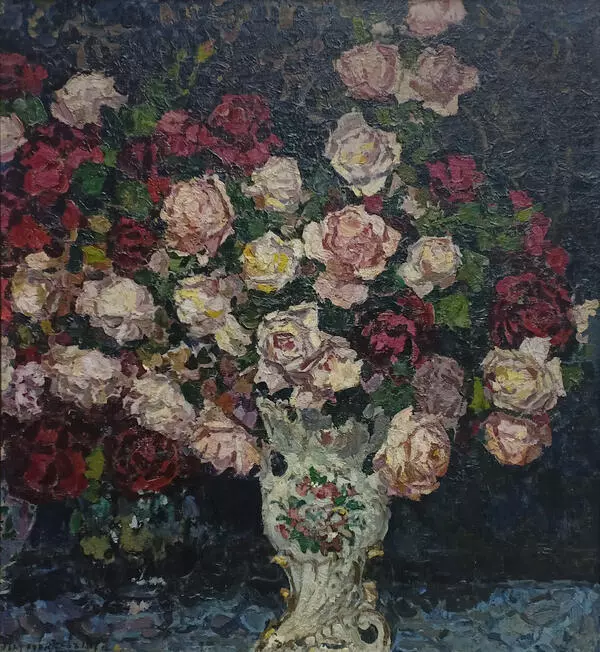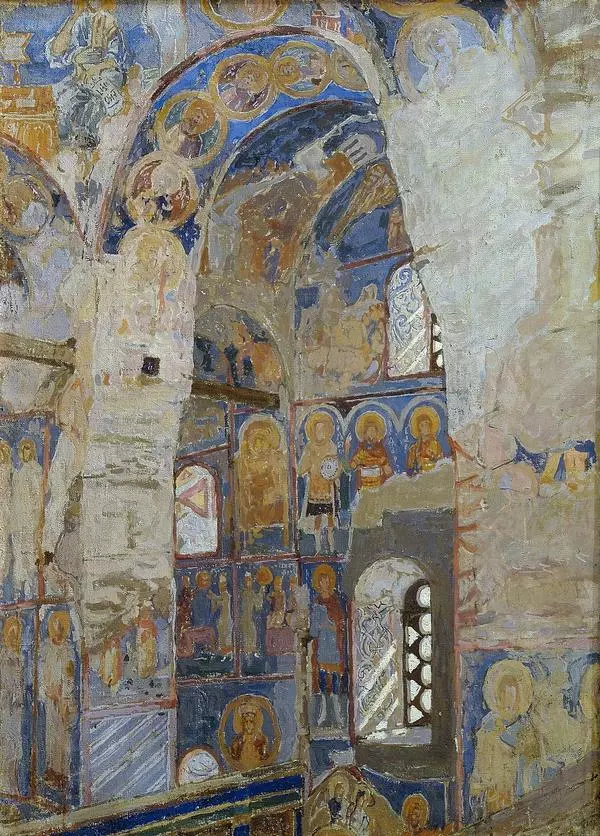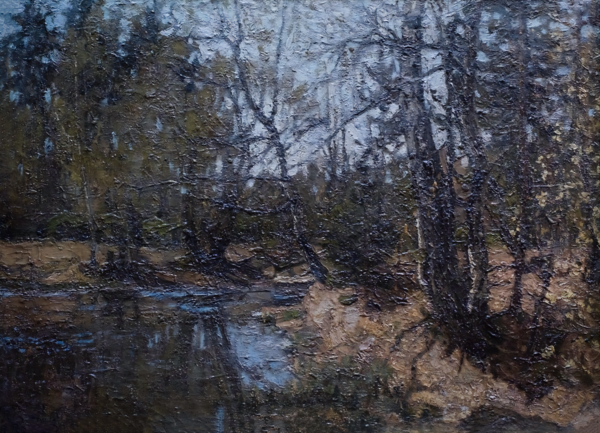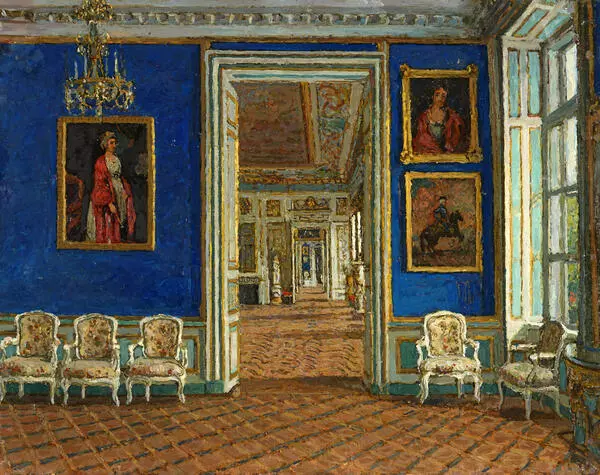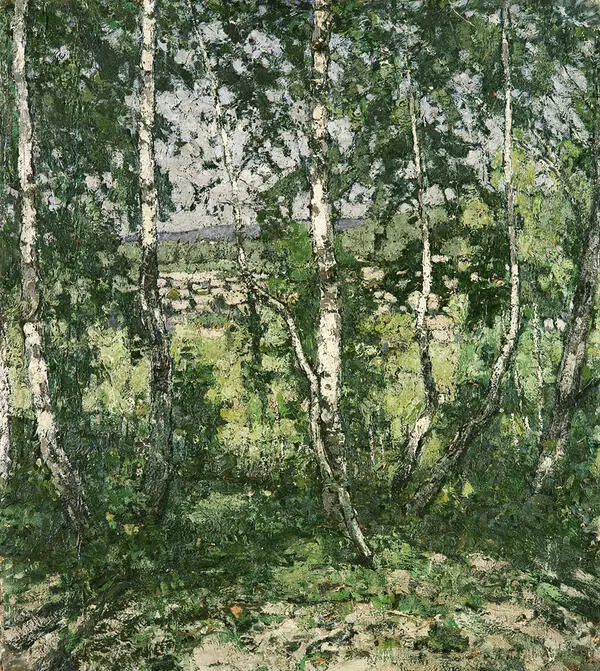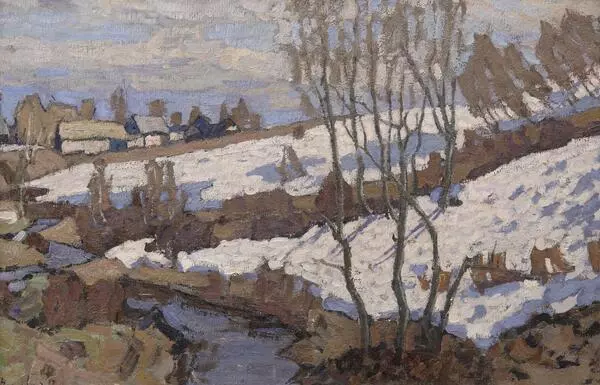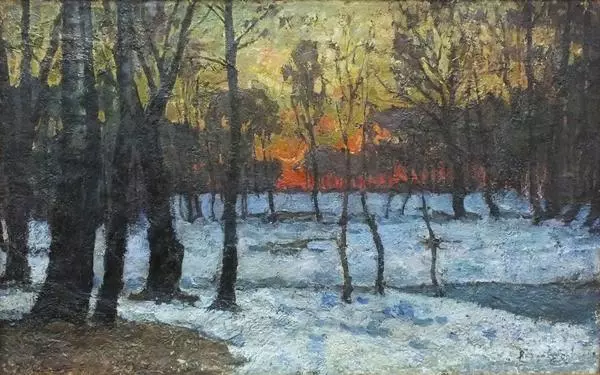Pyotr Petrovichev described his artistic interests the as follows: ‘I was always been fascinated with Russian antiquity — ancient monuments of architecture, familiar to me since childhood. I have visited many times the great Russian cities — Nizhny Novgorod, Kostroma, Yaroslavl, Suzdal, Novgorod the Great, Vladimir, and I painted my sketches there. Later I used this material for paintings dedicated to Russian antiquity. I’ve devoted my artistic career to these subject.’
Petrovichev had a very special approach to depicting ancient architecture in his artworks. He did not use ancient architectural monuments as a background, but dedicated the whole paintings to them.
The artist’s life and work are closely connected with Rostov the Great. Even during Petrovichev’s lifetime, critics wrote that it was his love to Rostov which brought him to a new level of skills. The period of 1909 was particularly successful in the artist’s work, at that time he lived and worked in his favorite city. At the exhibition of the Association of travelling exhibitions (so-called ‘peredvizhniki’), which started at the end of this year, he presented 22 completed paintings and a series of sketches, most of which were dedicated to Rostov.
The painting ‘Rostov the Great’ shows the ensemble of the Spaso-Yakovlevsky Dimitriev monastery in Rostov. From right to left you can see the Church of the Conception of St. Anna, the Yakovlevskaya Church attached to it, then -Dimitriev Cathedral, behind it you can see the monastery bell tower. Near the left edge of the canvas there is the parish Church of St. Michael the Archangel (today it doesn’t exist). In the foreground there are vegetable gardens, low fence of the cemetery, monastery cells of the Yakovlevsky monastery. The composition of the landscape is designed in a way that a significant part of it is occupied with the earth, and the domes and crosses of churches rest on the upper border of the canvas. However, the architectural ensemble takes the most part of the view. The painting is created using a dense and textured pictorial technique.
Petrovichev’s artworks became the first exhibits in the art gallery of the Rostov Museum of antiquities, which was opened in 1921. In addition, Petrovichev’s artworks are exhibited in 77 museums and private collections in Russia and abroad.
Petrovichev had a very special approach to depicting ancient architecture in his artworks. He did not use ancient architectural monuments as a background, but dedicated the whole paintings to them.
The artist’s life and work are closely connected with Rostov the Great. Even during Petrovichev’s lifetime, critics wrote that it was his love to Rostov which brought him to a new level of skills. The period of 1909 was particularly successful in the artist’s work, at that time he lived and worked in his favorite city. At the exhibition of the Association of travelling exhibitions (so-called ‘peredvizhniki’), which started at the end of this year, he presented 22 completed paintings and a series of sketches, most of which were dedicated to Rostov.
The painting ‘Rostov the Great’ shows the ensemble of the Spaso-Yakovlevsky Dimitriev monastery in Rostov. From right to left you can see the Church of the Conception of St. Anna, the Yakovlevskaya Church attached to it, then -Dimitriev Cathedral, behind it you can see the monastery bell tower. Near the left edge of the canvas there is the parish Church of St. Michael the Archangel (today it doesn’t exist). In the foreground there are vegetable gardens, low fence of the cemetery, monastery cells of the Yakovlevsky monastery. The composition of the landscape is designed in a way that a significant part of it is occupied with the earth, and the domes and crosses of churches rest on the upper border of the canvas. However, the architectural ensemble takes the most part of the view. The painting is created using a dense and textured pictorial technique.
Petrovichev’s artworks became the first exhibits in the art gallery of the Rostov Museum of antiquities, which was opened in 1921. In addition, Petrovichev’s artworks are exhibited in 77 museums and private collections in Russia and abroad.
